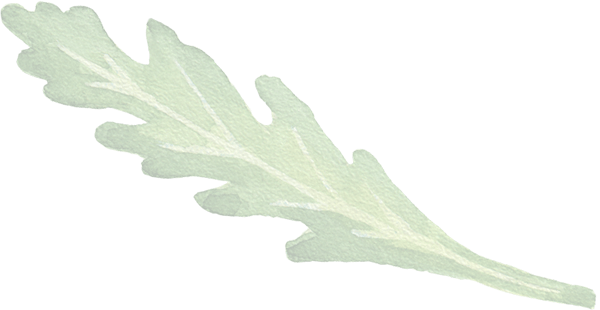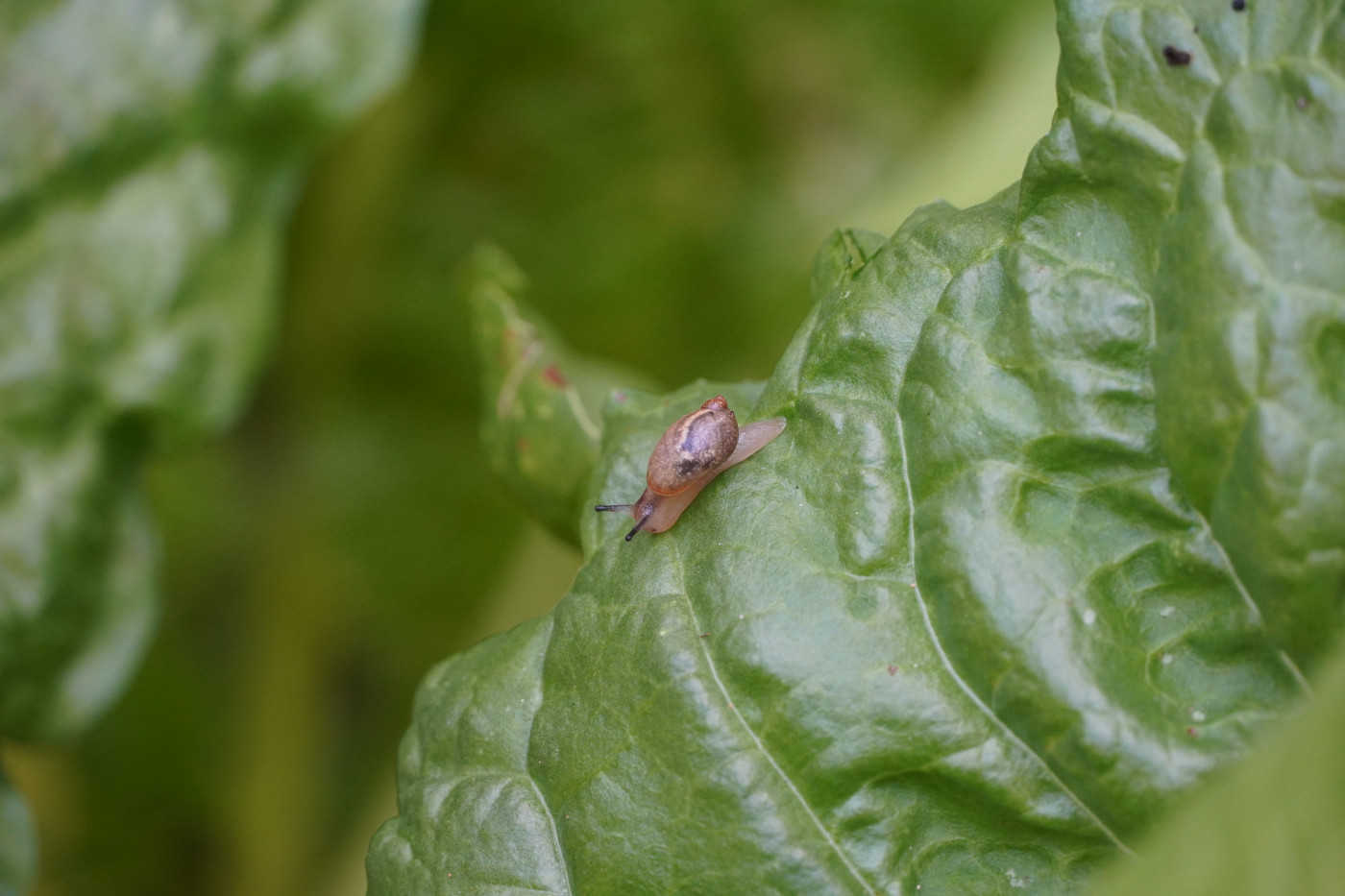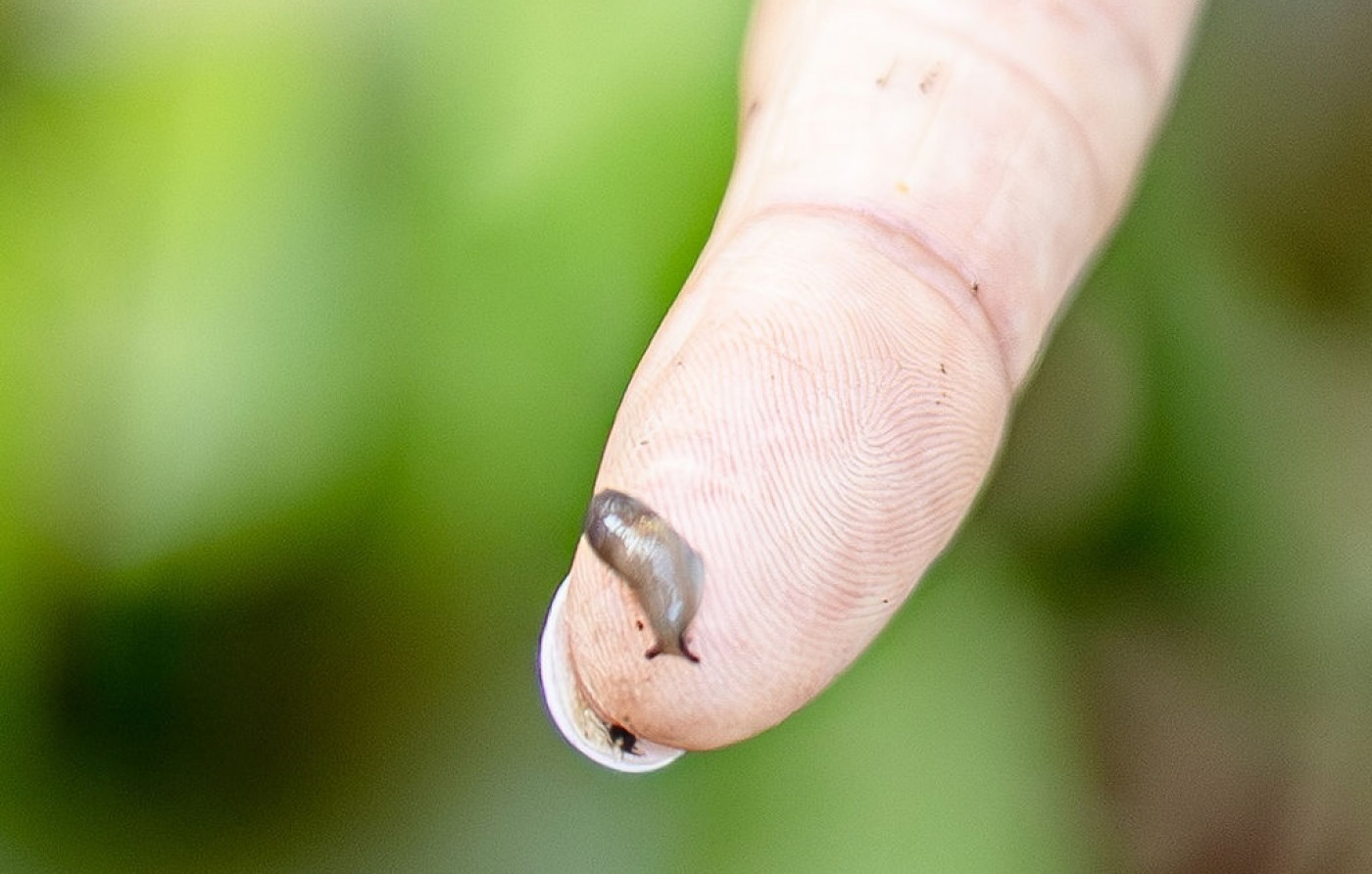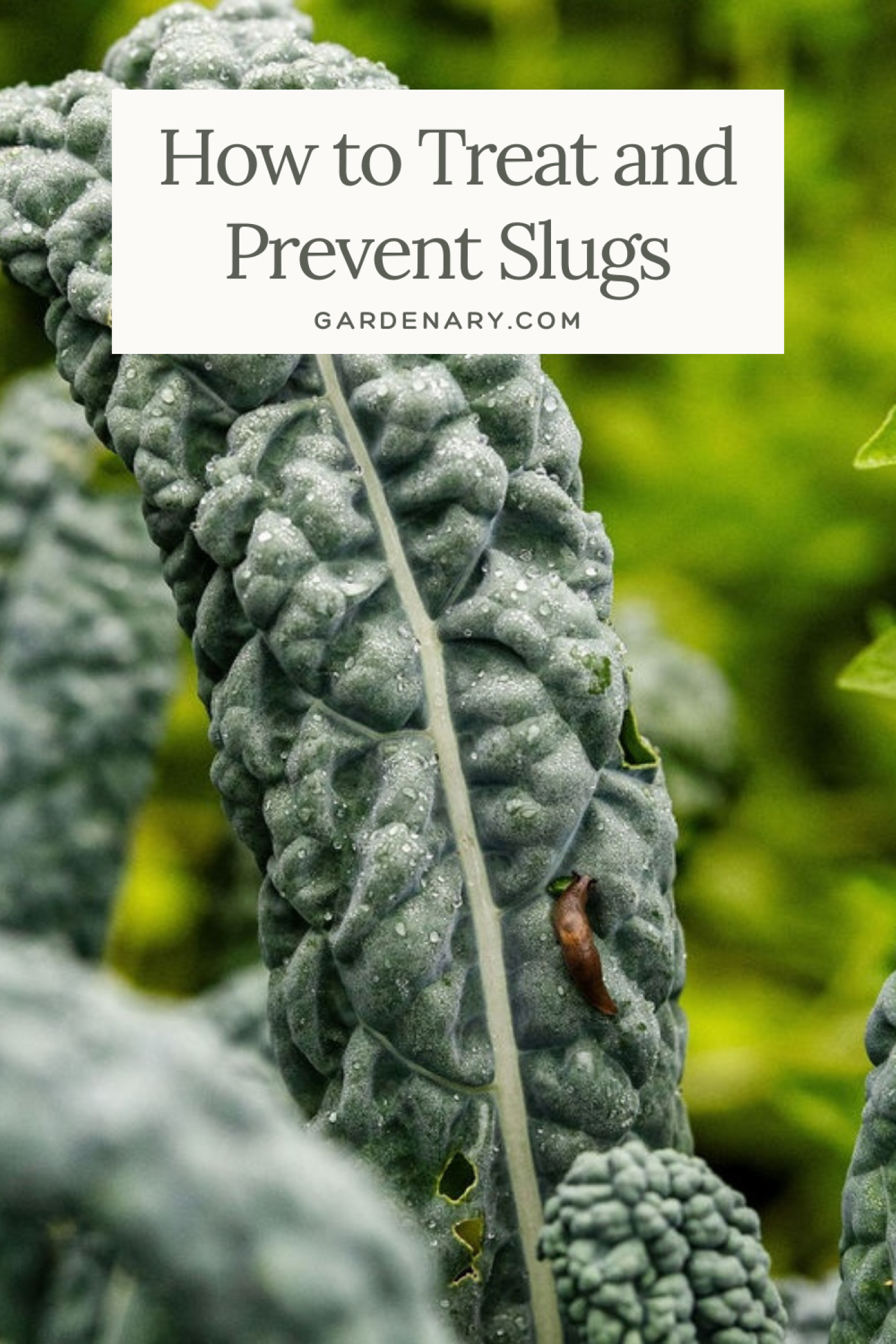Slugs in the Vegetable Garden
Slugs are all-too-common garden pests drawn to damp areas like overwatered beds and thick mulch layers. They munch on tender new growth, leave large holes in leaves and developing fruits, and even cause seedlings to disappear overnight, the slime trails they leave behind your only clue about what happened.
Slugs often emerge in the spring, right when your transplants and seedlings are most vulnerable to their attack. They do their worst damage at night, when you can't see them.
The good news is you can control these slimy chewing pests without turning to harmful chemical pesticides. Keep reading to learn the best ways to treat and prevent slugs and snails.
At a Glance
- Slugs are chewing pests that are active from spring to fall, especially in cool, moist areas of your garden that provide them shade and appetizing food sources, like tender leaves, ripening fruits, and decaying plant matter.
- If you notice slug damage in your garden, hand-pick as many pests as you can find, clean the surface of your soil, and put down some simple slug traps or barriers.
- There are many ways to protect your garden from slugs that don't involve chemical pesticides, including using physical covers like garden mesh and pruning any leaves that touch the soil.
How to Identify Slugs
Slugs are a type of mollusk (like clams and oysters) with soft, slimy bodies that are most often grayish or brown. They're pretty much snails without the protective shell. They don't have legs, but they do have two pairs of feelers, one set used for seeing and another for smelling. Slugs typically range in size from 1/4 inch (6.4 mm) to about 2 inches (5 cm) long (though the banana slug can grow 10 inches, or 25 cm, long!).
Both slugs and snails leave shiny, silvery slime trails on the ground and leaves as they move across them. This mucous keeps them from drying out and provides a smoother track for travel.
Damage Caused by Slugs
Slugs are chewing pests that use their file-like mouthparts (called radula) to feed on plant tissue. Signs of slugs in your garden include:
- Large, irregular-shaped holes chewed in leaves, often along edges
- Holes in ripening fruits and berries
- Chewed transplants or seedlings that go missing overnight
- Silvery slime trails on leaves, stems, and soil
You may notice less damage on plants that are growing in full sun.
A little bit of slug damage is usually just a cosmetic issue and shouldn't cause long-term damage to plant health, except with seedlings. Severe infestations, however, can injure mature plants and reduce productivity.
Plants Most Commonly Affected by Slugs
These soft-bodied pests feed on leaves at night, often damaging tender greens like lettuce. They're particularly drawn to fresh growth, meaning your seedlings are most vulnerable.
Here are the fruits and veggies most often targeted by slugs and snails:
- basil
- beans
- blackberries
- blueberries
- cabbage
- carrot seedlings
- celery
- cucumbers
- lettuce
- melons
- pumpkins
- raspberries
- strawberries
- squash
- tomatoes
- zucchini
Slugs will also feed on ornamental plants like hostas, especially if they're growing in partial to full shade.
Gardenary's Organic Pest Control Method
Stop fighting pests. Instead, start gardening with them in mind. No panic. No harsh sprays. No endless guessing. Just a thriving, abundant garden that practically protects itself. With the Organic Pest Control Method, you’ll learn the exact steps I take to grow naturally and confidently, season after season.

Slug Lifecycle Notes
- Slugs lay clusters of small, jelly-like eggs in moist soil or under debris.
- Eggs hatch into tiny juveniles that feed and grow over several weeks.
- In hot, dry weather, slugs bury themselves in the soil or hide in dark places to avoid dehydrating. They stay like this in a sort of suspended animation until conditions are ideal once more.
- Activity increases in cool, damp conditions, especially spring and fall.
- Adults can live for over a year and reproduce multiple times per season.
- Slugs often overwinter as adults deep in the soil.
Heads up: This article contains Amazon affiliate links. When you purchase through links on this site, we may earn a small commission.
How to Get Rid of Slugs
You can use 100% organic measures to take care of slugs (and snails) in your garden. Just follow these steps:
Step 1: Hand-Pick
Head out to your garden at dusk or dawn, the perfect times to go slug hunting. Bring a flashlight with you and search for slugs on leaf surfaces and undersides, as well as under any rocks or debris. Drop any slugs you find into a bowl of soapy water or transfer them to your compost pile, where they can help turn dead plant material into nutrients for your garden.
If you're searching during the day, look in shaded, protected spots, like under leaf litter.
Step 2: Clean Soil Surface
Do a little garden cleanup to remove places where slugs might lurk. Use a hand rake or your gloved hand to pick up any fallen leaves or other plant debris on the soil surface. Not only do these things attract slugs, they give them a nice little hiding spot (this is also why I don't recommend using wood mulch in your vegetable garden).
You might also want to pick up any stray pots or trays that could give slugs shade during hot days.
Step 3: Set up Traps or Remove Easy Access
There are a number of traps or hindrances you can apply to your garden, depending on your setup and comfort level.
Beer Traps
Slugs are attracted to beer, so it makes a great bait option. To set up a beer trap, bury a shallow container (like a yogurt container) so that the top is level with or just above the soil surface, and then fill it almost to the top with beer. Slugs will crawl inside and drown. If you're expecting rain, put a loose cover over the trap to prevent the rain from diluting the beer. Check your trap a couple times a week to clean it out and refill.
Slug Boards
You can also set a little trap by providing a slug's ideal conditions. Set out some flat boards, damp newspaper, melon rinds, or upside-down pots in a nice, shady spot. The idea is that slugs will hide underneath during the day. Check on these traps every day. You can kill any slugs you find or toss them into your compost pile.
Copper Tape
Slugs and snails don't like copper. It reacts with their mucous and gives them a sort of electrical shock. (The good news is that other wildlife shouldn't be harmed.) The copper needs to be thick, however, to deter slugs from entering your raised beds. You can buy copper foil tape online or at garden centers. Place it along the edges of your raised beds or wrap it around containers. Clean it regularly so that it continues to be effective.
Grit Barrier
You can use coarse materials like crushed eggshells, sawdust, coffee grounds, or sand to deter these soft-bodied pests. To use eggshells, you'll want to wash them first, then heat them in the oven to harden them. Blitz them in a food processor, and spread them in a protective ring around your seedlings and root crops. If nothing else, eggs are a great natural source of calcium for your garden soil.


Copper Foil Tape
Step 4: Use Sluggo
I always turn to gentle measures like beer traps or copper tape before reaching for something stronger, even if it's an organic treatment like Sluggo. Consider this step only necessary in the case of extreme infestations.
Sluggo contains pellets made of ferric phosphate, which occurs naturally in the environment. (Microorganisms in the soil transform ferric phosphate into iron and phosphate.) When snails or slugs ingest ferric phosphate, it disrupts their metabolism so they stop feeding and then die.
Sluggo also contains spinosad, which is derived from soil-dwelling bacterium and can be effective against other soil-borne pests like earwigs, cutworms, and roly-polies.
Sluggo can be used around edible crops and is considered safe for pets, wildlife, and pollinators. The downside of using Sluggo—and the reason I only recommend it in extreme cases—is it contains a binding agent called ethylenediaminetetraacetic acid (EDTA), which has been proven to harm earthworms. Earthworms are really good for your soil, so you want to protect them.


Monterey Sluggo Snail & Slug Bait
Caution:
Avoid any bait that contains metaldehyde. It's effective against slugs and snails, but it's also extremely toxic (and attractive) to animals, dogs and cats included, if ingested. Sunlight inactivates the ingredients, so it must be reapplied frequently. For these reasons, it's not recommended for use in vegetable gardens.
How to Protect Your Garden from Slugs
Several integrated pest management strategies can be used to control slugs and prevent major issues in the future.
Water in the Morning
The best time to water to prevent pest issues is in the early morning. Since slugs and snails thrive in the cool, wet, and dark, watering at night just gives them their ideal conditions. You want plants to be dry by evening.
Also, make sure to aim your water at the root zone, not the leaves. (This can help prevent disease, as well as pests.)
Add Slug-Repelling Companion Plants
The strong scent of some herbs and alliums can actually repel slugs and snails. Compounds in sage even disrupt the sensory receptors of these pests, which means they'll have a hard time finding your plants. Strong scents are also great to mask the scent of plants like lettuce and squash.
So consider adding these plants to the border of any garden bed where you plan to grow slug favorites:
Naturally protect your garden while adding beauty and biodiversity.
This curated seed set includes powerful herbs and flowers known to deter pests and attract beneficial pollinators, creating a balanced, organic ecosystem in your garden. Ideal for gardeners who want to grow without chemicals, the Gardenary Pest Control Collection features vibrant, fragrant plants that both beautify and defend your beds.
Use Trap Crops
A trap crop is a plant that's highly desirable to the targeted pest. It's usually planted around the perimeter of your main crop (e.g., lettuce) so that the pests congregate on the trap crop instead. The best trap crops for slugs include calendula, mustard greens, and chervil, aka French parsley.
Once you notice slugs hanging out on your trap crop, you can leave them be or hand-pick them.
Encourage Natural Predators
Slugs are low on the food chain. They're often eaten by things like ground beetles, toads, snakes, hedgehogs, and birds. So consider how you can make your garden more enticing to these natural enemies. Ground beetles, for instance, are attracted to native plants, logs, stones, and leaf litter.
One reason to avoid pesticides that kill more than just slugs (i.e., metaldehyde-based products) is to protect these natural enemies. Slugs are in important food source for creatures higher up the food chain. If you find empty snail shells in your garden, that's a great sign that nature is already at work helping you with your pest problem.
Prune & Support Plants
Make sure to regularly prune the lower leaves of your veggies to ensure each plant has good airflow and sunlight. Prune any leaves that are touching the soil and creating a nice little bridge for slugs. If needed, use garden stakes and twine or small obelisks to hold large bush-type plants like zucchini upright.
Improve Drainage
If the soil in your garden beds or containers stays damp for long periods in between rain or watering, improving the drainage can go a long way in preventing slug attacks. For raised beds, amend the top 6 to 12 inches of your soil with coarse sand and compost. For containers, consider using a drill to add more drainage holes to the bottom.
Avoid Mulching
Slugs and snails love to hide underneath wood mulch, where it's nice and shaded and they're protected from predators. Even fresh glass clippings or leaves can attract slugs as they begin to decay.
I've found it's much better to keep a clean surface of compost. Regularly use a hand rake to clear any debris from the soil. This way, you can easily spot pests that are trying to hide in the soil.
Planting intensively the way we do here at Gardenary can provide all the benefits (and more!) of mulching without the drawbacks.
Start Plants Indoors
If your garden is prone to slugs, it might be best to start seeds for desirable plants like cabbages indoors instead of direct sowing seeds. Wait until the seedlings have at least 6 to 8 sets of leaves before you move them outdoors. These seedlings are tougher and less likely to be disappeared overnight by slugs.
Use Protective Covers
I recommend covering your garden with mesh or row covers from the day of planting to keep out pests. Another option is to protect individual seedlings by cutting the bottom off a clear plastic bottle and inserting the top portion around baby plants until they're established (leave the lid off to allow for air circulation).
Make Garlic Spray
Slugs and snails hate the scent of garlic, so with regular use, this homemade garlic spray can deter them from settling in. Crush a couple bulbs of garlic and simmer in 2 pints of water for 15 minutes. Let cool, strain out the garlic, dilute with more water, and decant into a spray bottle (just half a tablespoon per spray bottle should do the trick). Spray the garlic water around the base of plants as a natural barrier. Reapply every 10 days or after rain.
Slug FAQs
How do I permanently get rid of slugs in my garden?
There's not really a way to get rid of slugs in your vegetable garden permanently without turning to harmful chemical sprays and pesticides. A little slug damage is nothing to worry about. You can prevent a severe slug infestation by using simple strategies like eliminating their hiding places, adding physical barriers, and attracting their natural predators. Homemade beer traps and copper tape can also be effective.
Are slugs bad to have in your garden?
Not all slugs are bad news for your garden. Some types of slugs are more concerned with recycling dead plant matter or eating mold and algae than devouring your tender lettuce leaves. You really only need to take action against slugs if you're noticing damage like disappearing seedlings and irregular-shaped holes in the leaves of your plants.
What causes lots of slugs in the garden?
Slugs are drawn to cool, damp, and dark spots, where they can hide out during the day. That means they'll be more attracted to your garden if the soil holds onto excess moisture and provides lots of little hiding places, like dead leaves or large pieces of mulch. Slugs are also drawn to certain plants, particularly tender seedlings.
Do coffee grounds deter slugs?
Coffee grounds can be used to deter slugs thanks to their gritty texture, which soft-bodied pests like slugs and snails avoid crawling over. You'll need enough grounds to form a nice, thick barrier around your garden or certain plants. Coffee grounds are most effective when used in conjunction with other prevention strategies, like using trap crops and different types of physical barriers.
Learn More About Organic Pest Control
The good news is that most of the plants in your garden can withstand a little slug pressure. Checking on your garden regularly is the best way to spot signs of these little creepy crawlies (like their slime trails) and prevent them from becoming a bigger issue.
Here's your reminder that pests are just a part of gardening. Take any bugs that show up as a sign you're growing something really delicious and worthy of eating!
Just because pests are inevitable doesn't mean they have to win. Check your leaves frequently and be diligent in following these steps to remove and prevent slugs. That's how you work with nature, not against it, to secure lots of gardening wins for yourself!
To learn more about different ways to prevent and manage pests in your garden, check out our brand-new Organic Pest Control Method. We dive into ways to protect your garden without panicking or reaching for harsh sprays. You'll learn the exact steps I take to grow my garden naturally and confidently, season after season.
Gardenary's Organic Pest Control Method
Stop fighting pests. Instead, start gardening with them in mind. No panic. No harsh sprays. No endless guessing. Just a thriving, abundant garden that practically protects itself. With the Organic Pest Control Method, you’ll learn the exact steps I take to grow naturally and confidently, season after season.






